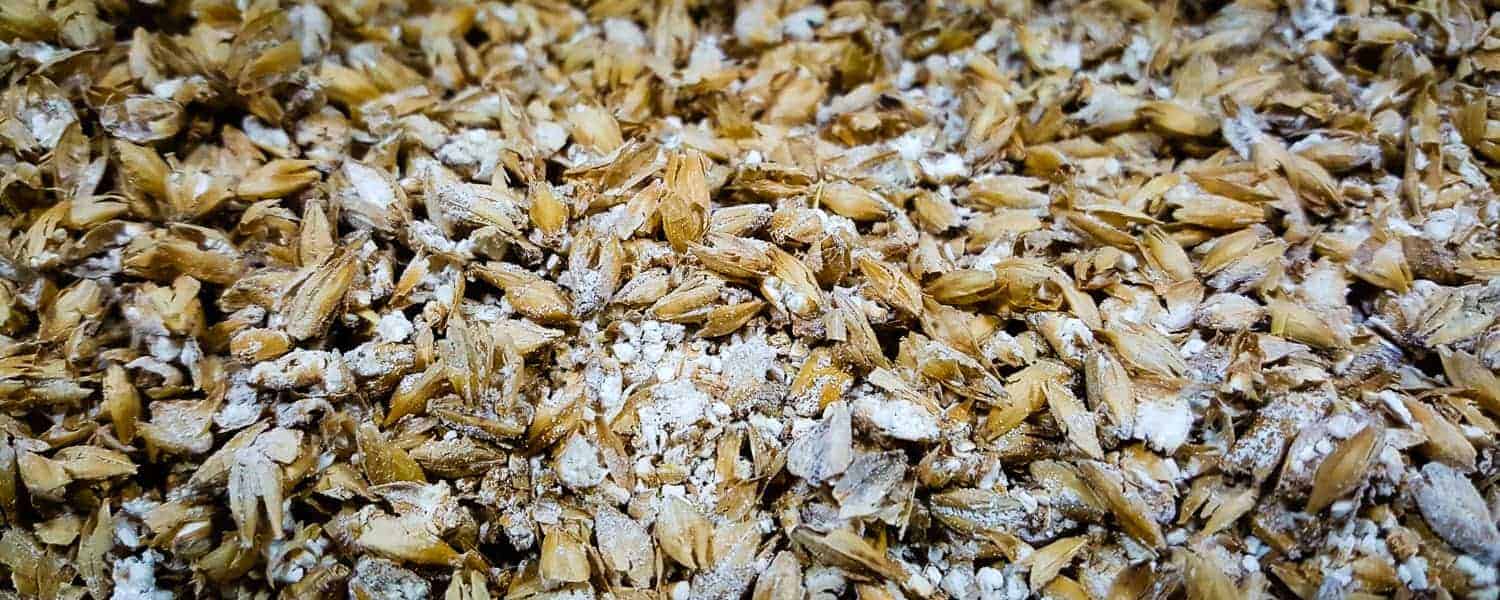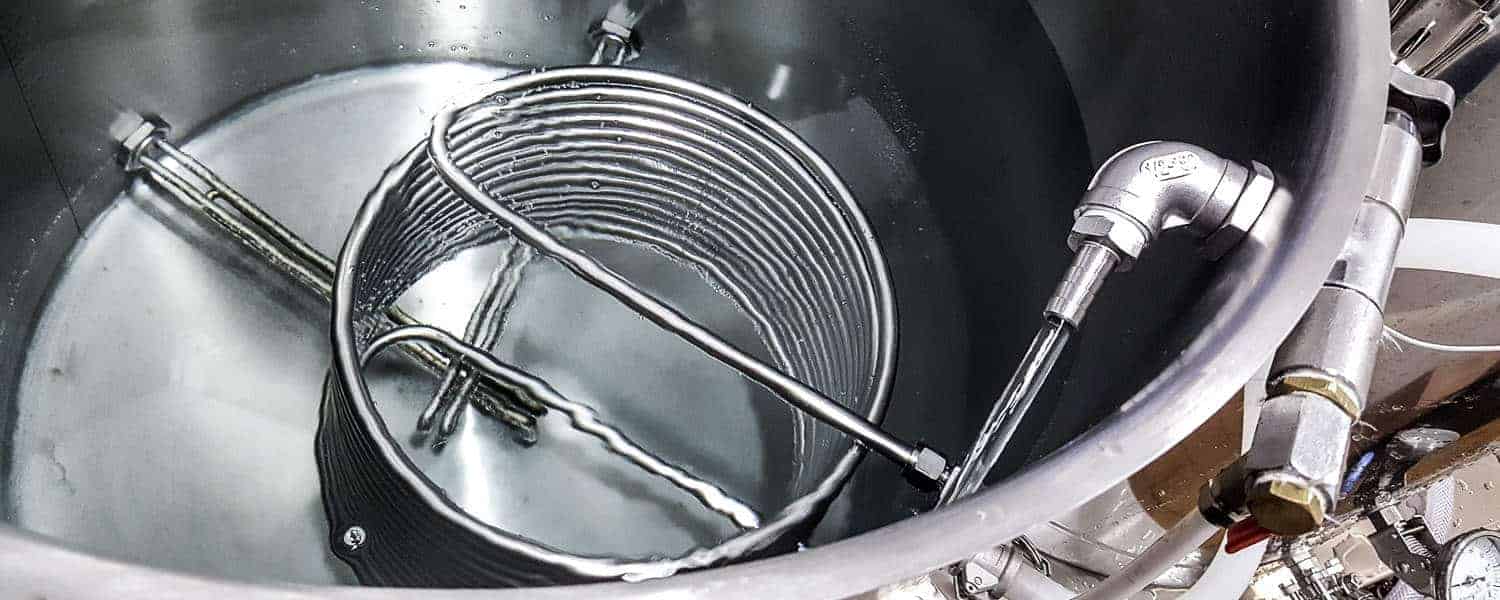You can’t make good beer from bad ingredients. You can cut corners on equipment, personnel, marketing, and branding, and you’ll mostly just cost yourself time and sanity. But start with bad malt, hops, water, or yeast, and your beer will suffer for it.
Aside from water, malt and other grains make up the largest proportion of any finished beer. For a typical 120L batch, we’ll get through 25-40kg of malted barley, all of which has been painstakingly sourced, malted, dried, and in some cases roasted before it even gets to us. We make a point to seek out the best malt on the market, but different suppliers specialise in different styles; we tend to use Simpson’s Malt for our English and American varieties, and The Swaen for more continental malts. But what the hell is malt?
Barley, like oats, rye, and wheat, is a seed. Shed from the parent plant, it lies dormant and secure within its husk until spring, when warm weather and rains signal it to release its stores of sugar and grow into a new plant.
Those sugars are precisely what we need for brewing, but in their dormant form are tightly bound up in long-chain starches, protected from yeast and other microorganisms which might penetrate the grain husk. The job of the maltster is to trick these seeds into starting their germination, by introducing heat and moisture to them, and partially convert the long-chain starches into more easily accessible ones.
If you chew some malted barley, you can taste the results of the malting process: although the grain has negligible simple sugars at this stage, the converted starches are now short enough to be broken down by salivary amylase in the mouth, giving the impression of sweetness as they’re chewed.
Chewing through 25kg of grain would be both exhausting and disgusting, though, so we need a better way to remove the grain from its husk. That’s where our malt mill comes in: by carefully crushing the grain through a pair of steel rollers, it can expose the underlying nutrients at a rate of about 150kg per hour. The intensity of the crush is key – too narrow and it will shred the husk, resulting in a dusty, cement-like mess; too wide and grains will pass through whole, wasting them entirely.
The Scottish whisky industry lives by a 10-70-20 rule, in which 10% of the ground material, or ‘grist’, is powder, 70% is larger grit, and 20% is intact malt husks. We aim for a similar ratio, and ‘conditioning’ the malt is key to that effort. In our rather unique case, that means filling a small crop sprayer with water, and carefully misting and turning the malt as we feed it into our mill, to soften the husk and allow it to be slipped off the grain undamaged. The rule of thumb is 2% by mass, so we condition each batch with 500-1000mL of water, depending on the grain mass.
Once our grains are milled, it’s time to transfer them to the hot side to mash in – come back in two weeks to see and hear about it!


